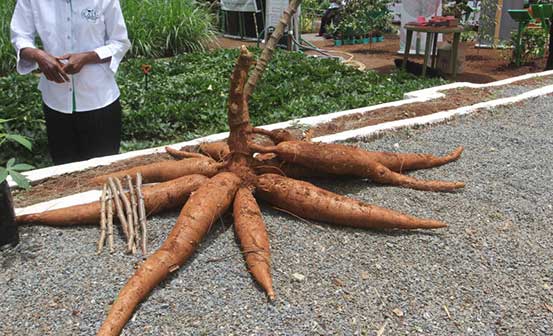×
The Standard e-Paper
Informed Minds Prefer The Standard

The International Livestock Research Institute (ILRI) in collaboration with its partners has developed a technology to turn fresh cassava peel into high quality livestock feed rich in nutrients.